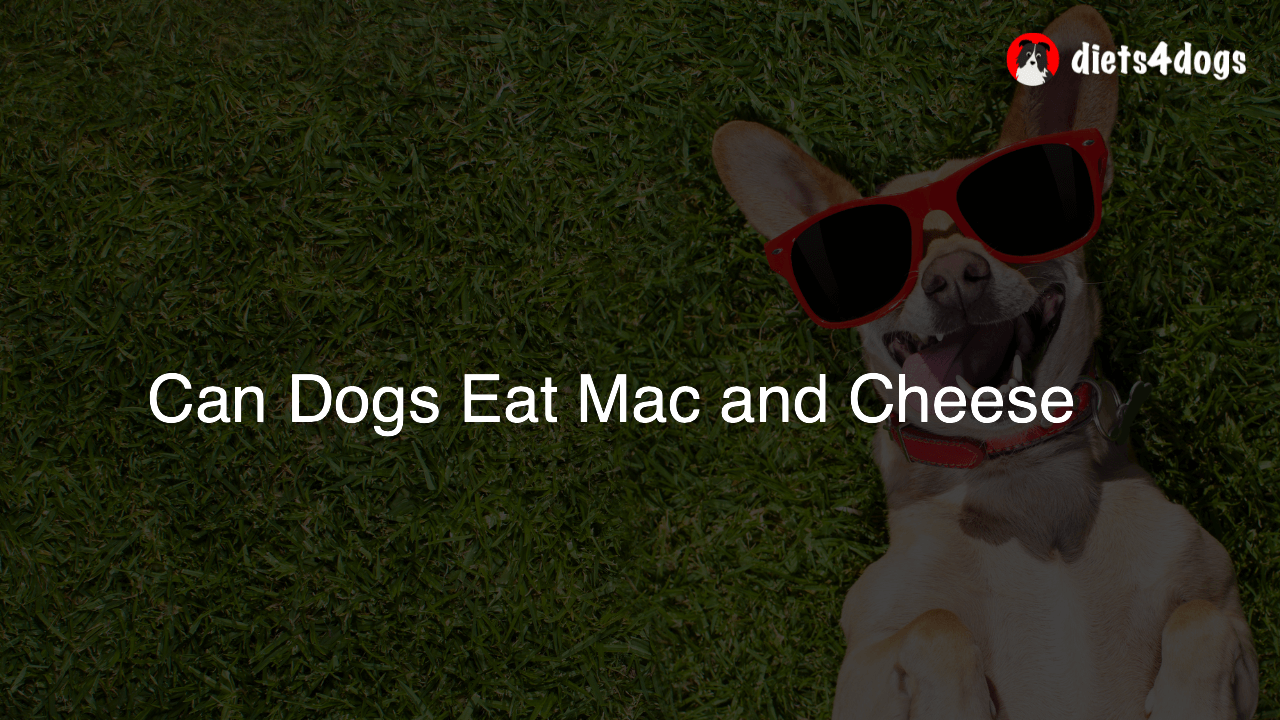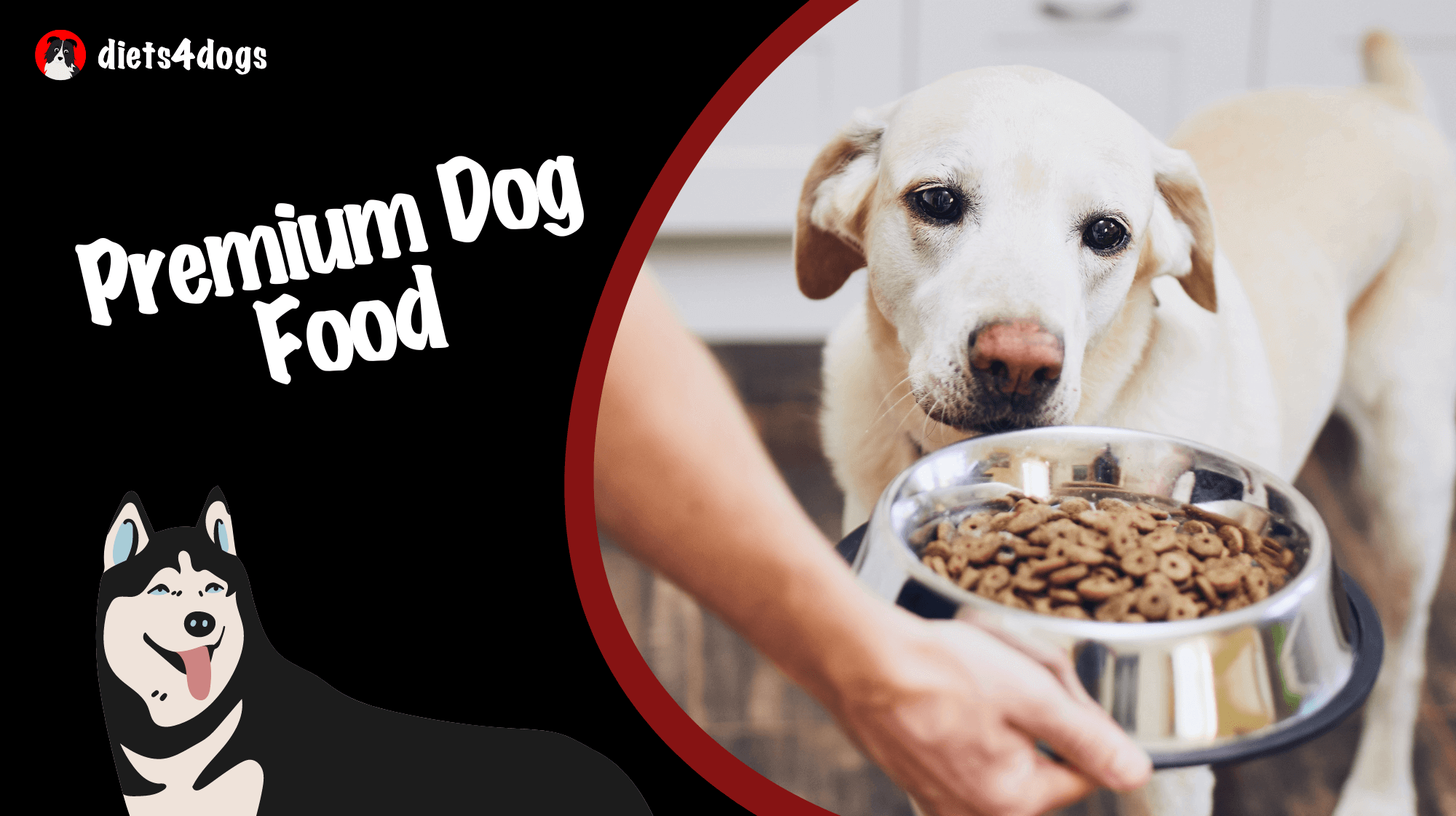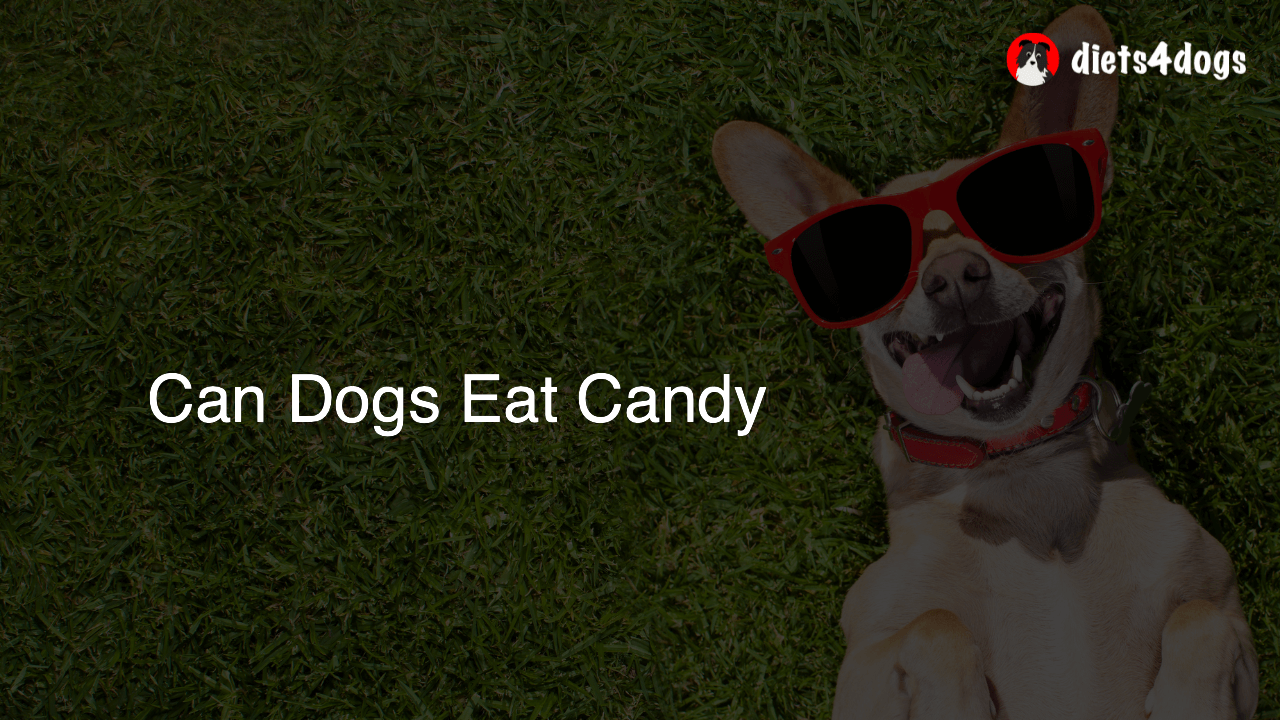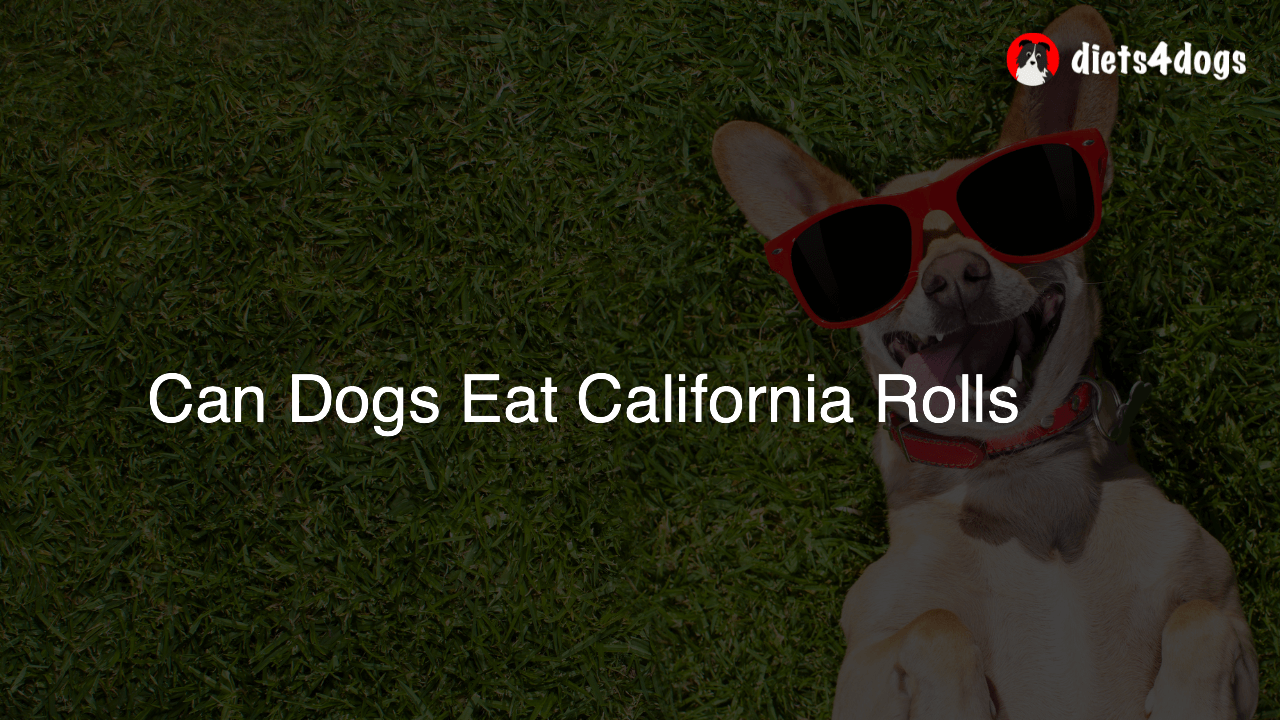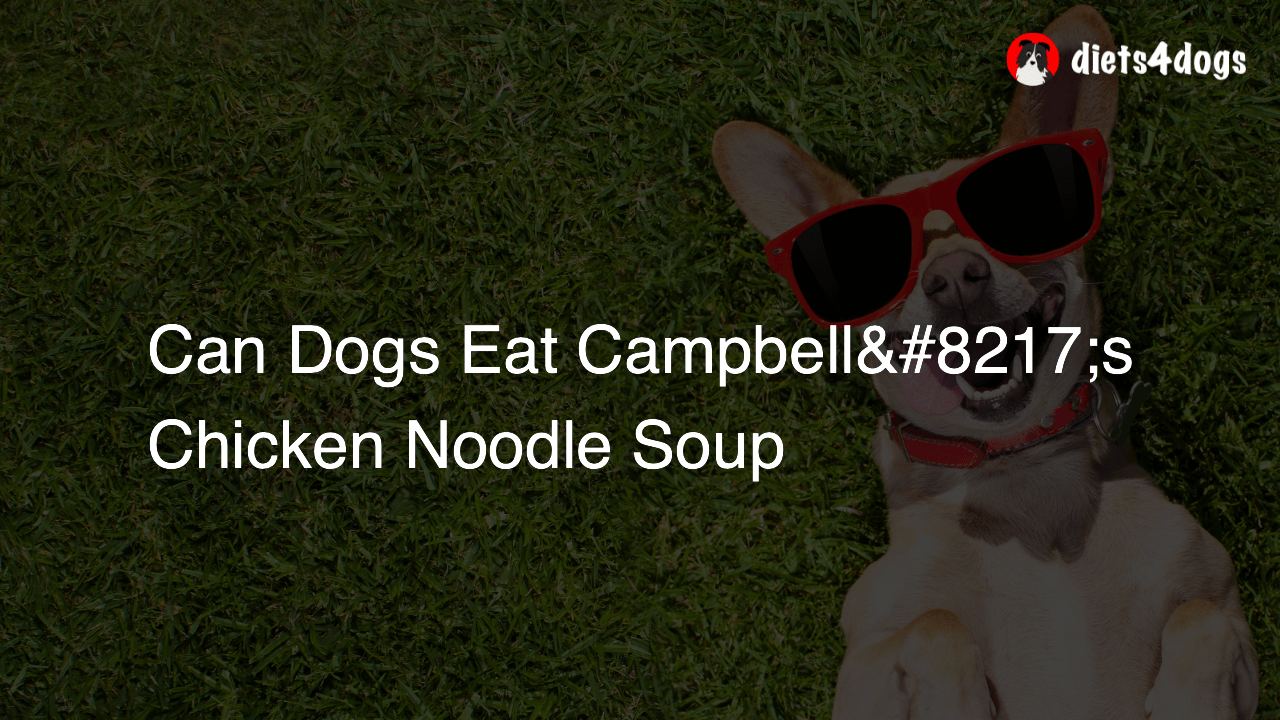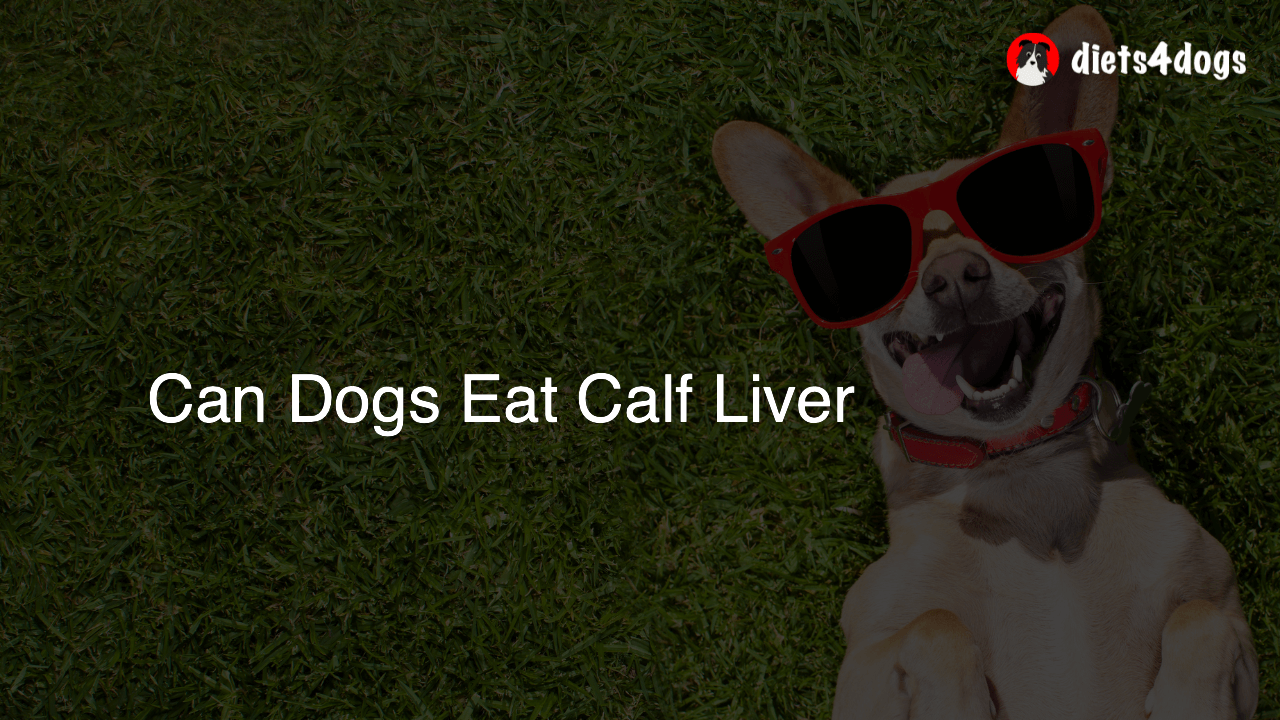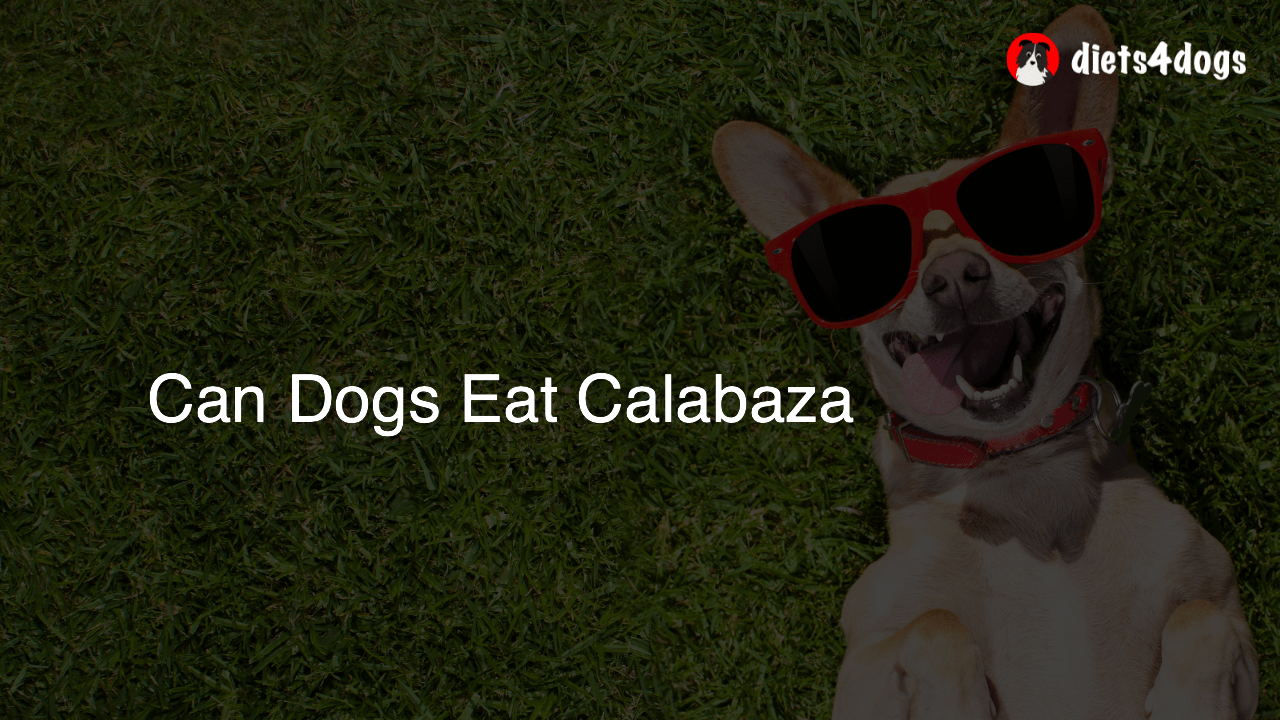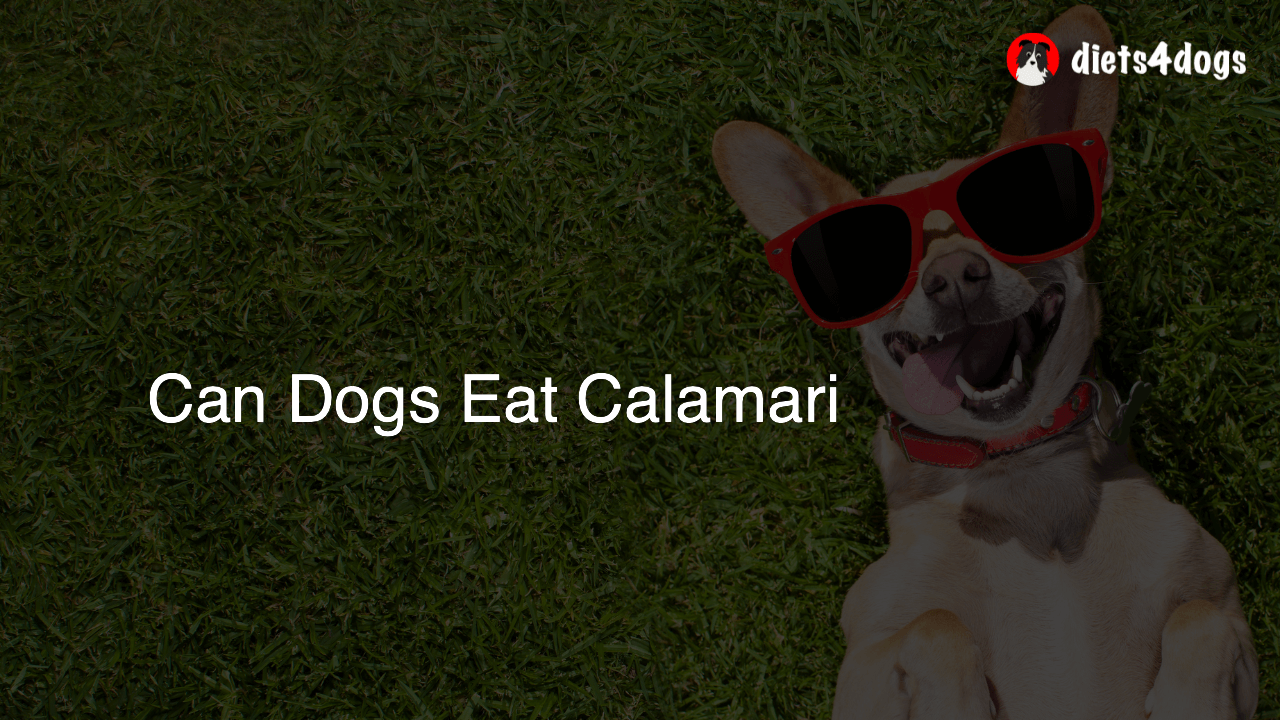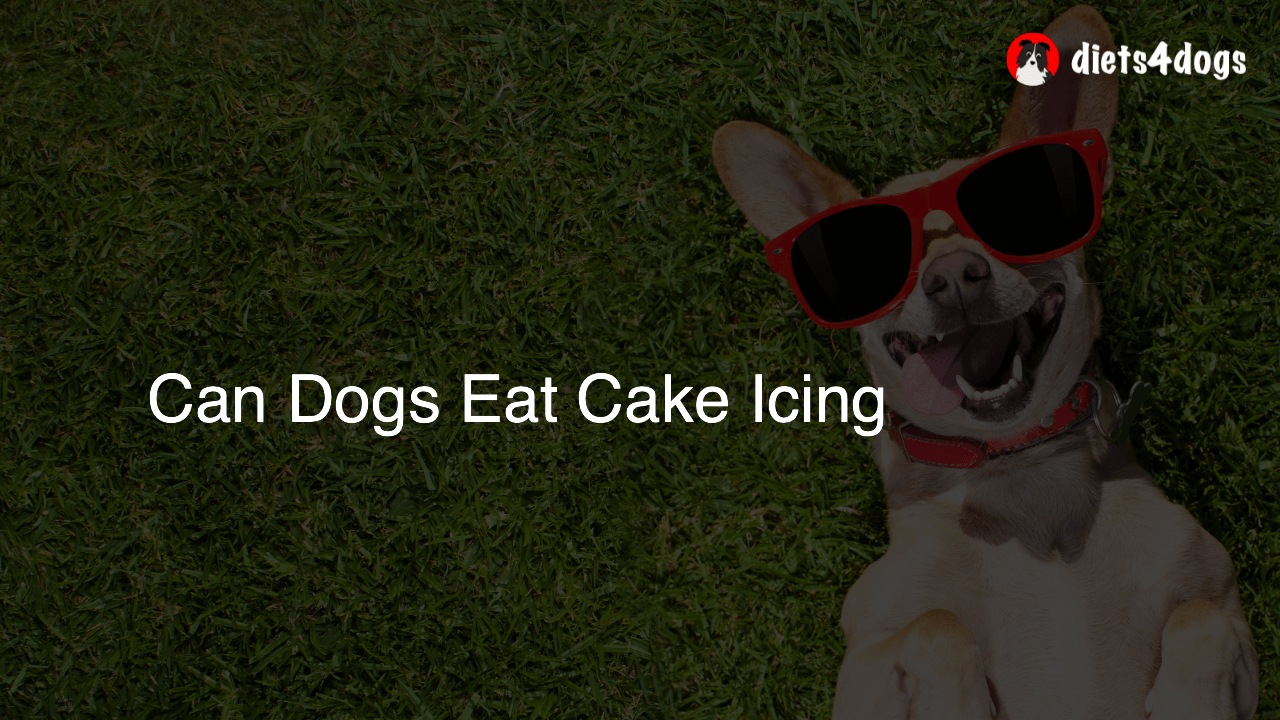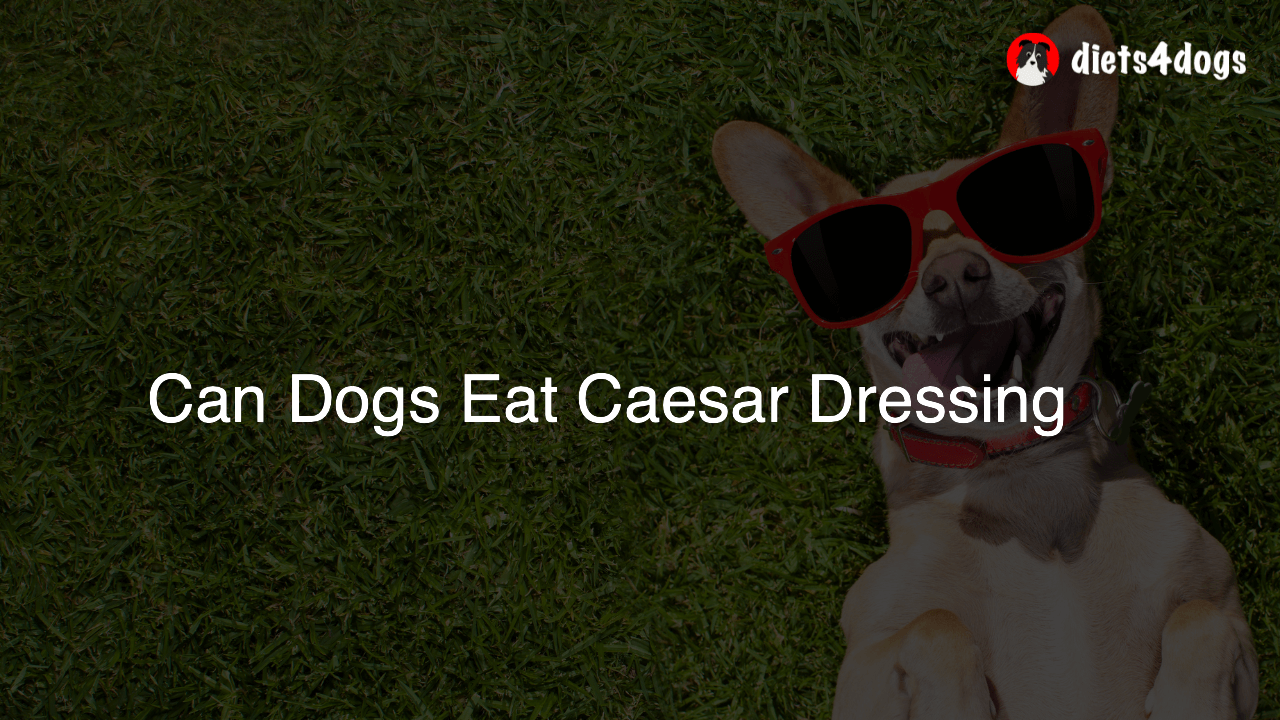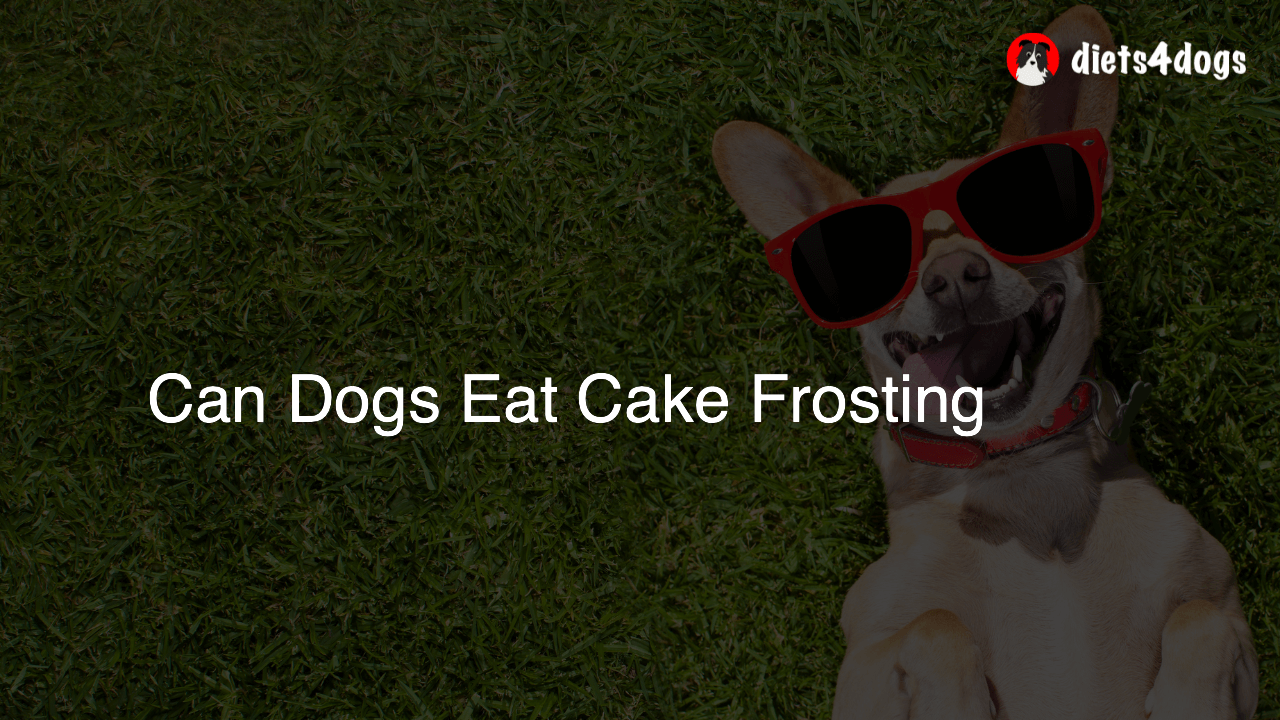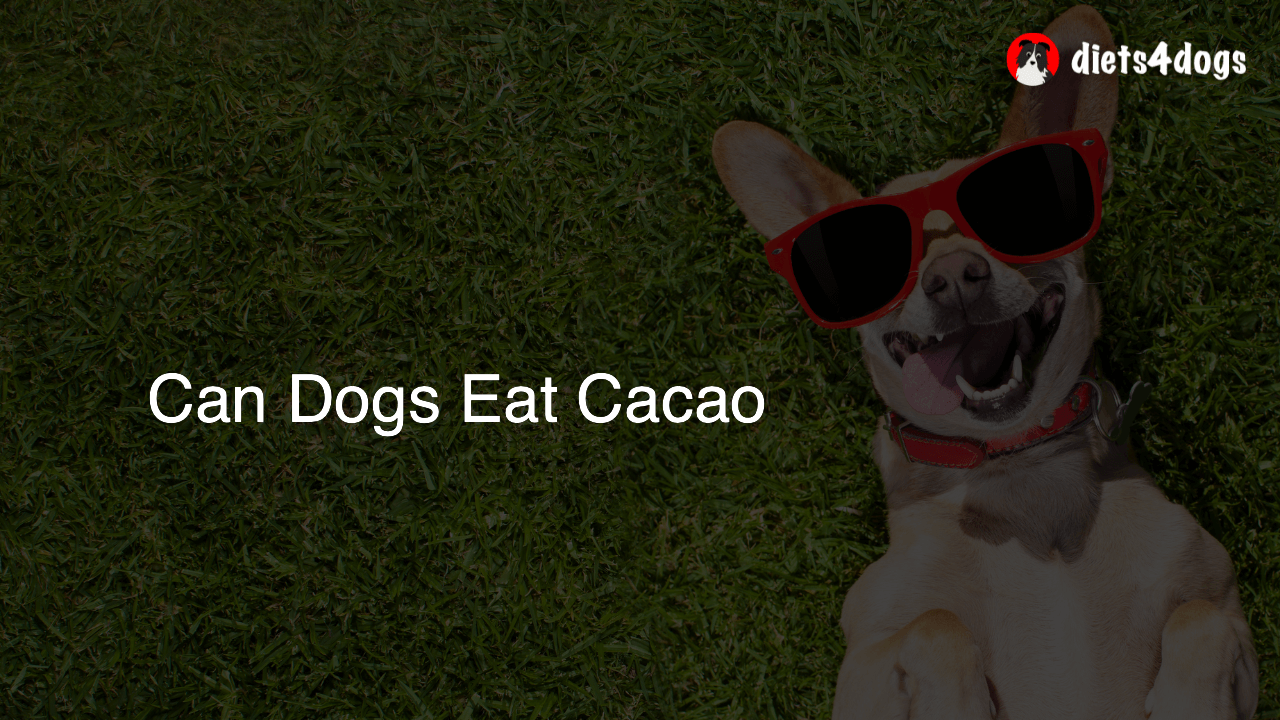Can Dogs Eat Mac and Cheese
It is not advisable for dogs to eat Mac and Cheese, as it contains ingredients that could be harmful to their health. The dairy and high-fat content can cause digestive issues, while the salt, garlic, and onion often found in seasoning can be toxic. It is best to provide a balanced, dog-friendly diet instead of feeding them human foods like Mac and Cheese.
Mac and Cheese: Is It Dog-Friendly?
Mac and Cheese is a classic comfort food beloved by many humans, but is it a treat you can share with your furry friend? Unfortunately, feeding your dog Mac and Cheese is not a good idea. This dish contains ingredients that can be harmful to your pet’s health.
The Ingredients and Their Effects on Dogs
Before understanding why Mac and Cheese is not suitable for dogs, let’s break down its common ingredients and how they might affect your furry family member.
Dairy Products
While not toxic to dogs, dairy products can cause gastrointestinal distress to our canine companions. Many dogs are lactose intolerant, which means they have difficulty digesting lactose found in dairy products. Feeding your dog Mac and Cheese can result in diarrhea, vomiting, or an upset stomach.
High Fat Content
Mac and Cheese is typically made with cheese, butter, and milk, all of which contribute to a high fat content. Dogs should consume a diet low in fats, as a high-fat diet can lead to health issues such as obesity and pancreatitis.
Sodium
Many Mac and Cheese recipes are high in salt, which is not good for dogs. Excessive sodium intake can lead to increased thirst and urination, and in severe cases, it can cause sodium ion poisoning.
Garlic and Onion
Some Mac and Cheese recipes may include garlic and onion powder as part of their seasoning. Both garlic and onion are toxic to dogs, causing gastrointestinal issues or more severe symptoms such as anemia, if ingested in large amounts.
Safe Alternatives to Mac and Cheese for Dogs
While the classic Mac and Cheese is off the menu, offering your dog an alternative treat is an excellent way to reward their unconditional love. Here are some dog-friendly options:
Homemade Dog Treats
Whip up some homemade dog treats using simple, healthy ingredients like pumpkin puree, peanut butter (make sure it does not contain xylitol), and whole wheat flour. This way, you can ensure that the treats are free of harmful substances and catered to your pet’s dietary needs.
Vegetables and Fruit
Many fruits and vegetables are safe for dogs to consume and can provide health benefits, such as aiding in digestion and boosting their immune system. Consider offering your dog small portions of fruits like bananas, blueberries, or apples (without seeds), and vegetables like carrots, green beans, or cucumbers.
High-Quality Dog Food
Always provide your dog with high-quality dog food designed to meet their nutritional requirements. This will help maintain your pet’s overall health, keeping them happy, energetic, and ready for more fun and playtime.
Conclusion: Choose What’s Best for Your Dog’s Health
While sharing your favorite comfort food with your furry companion can be tempting, it’s crucial to keep their health in mind. Mac and Cheese contains ingredients that could harm your pet, so it’s best to stick to safer alternatives or high-quality dog food specifically designed to meet their needs. With proper care and the right diet, you’ll ensure that your canine buddy stays healthy, happy, and wagging their tail for years to come.
Signs of Food Allergies and Intolerances in Dogs
Similar to humans, dogs can suffer from food allergies and intolerances. Unfortunately, the symptoms can be more challenging to recognize in our furry companions. If you suspect that your dog may be experiencing a negative reaction after eating, keep an eye out for the following signs:
- Itching and skin irritations
- Ear infections
- Vomiting
- Diarrhea or gas
- Swelling of face, paws, or other body parts
- Difficulty breathing or coughing
If your dog exhibits any of these symptoms after consuming a new food or treat, consult your veterinarian for proper diagnosis and advice.
How to Share Your Food Safely with Your Dog
If you love sharing your meals with your beloved canine, it’s essential to know the foods that are safe and nutritious for them. Here are a few helpful tips to guide you while sharing your food safely:
- Always research the ingredients and their effects on dogs before giving them human food items.
- Offer your dog small portions and avoid heavily seasoned, salty, or spicy dishes.
- Keep bones, especially cooked ones, away from your pet to prevent choking hazards and potential injuries to their digestive system.
- Introduce new foods in moderation and monitor your dog for any signs of allergies or intolerances.
- Consult your veterinarian if you have any doubts or concerns about a specific food or ingredient.
Common Foods that are Toxic to Dogs
As a responsible pet owner, understanding common toxic foods for dogs can go a long way in keeping your furry friend safe and healthy. Here is a list of foods to avoid feeding your dog:
- Chocolate
- Onions and garlic
- Grapes and raisins
- Avocado
- Alcohol
- Xylitol (artificial sweetener found in sugar-free products)
- Caffeine
- Uncooked yeast dough
- Nuts (especially macadamia nuts)
- Foods high in fat, salt, or sugar content
Familiarizing yourself with these toxic foods will help ensure your dog’s diet remains safe and appropriate for their unique needs.
What to Do If Your Dog Has Eaten Mac and Cheese
If your dog has accidentally consumed Mac and Cheese, stay calm and assess the situation. Small amounts may cause minor digestive discomfort, but if your pet has consumed a large portion or if the dish contains harmful ingredients like onion or garlic, it’s essential to act quickly. Contact your veterinarian or a pet poison helpline, and provide as much information as possible about the consumed food’s ingredients and the amount ingested.
Remember, always prioritize your dog’s health and well-being by providing a balanced, dog-friendly diet and avoiding foods that can harm them, like Mac and Cheese.
Frequently Asked Questions: Feeding Dogs Mac and Cheese and Related Topics
In this section, we’ve compiled a list of frequently asked questions related to feeding dogs Mac and Cheese and safe eating habits for your furry family member. Please browse these questions and answers to gain a better understanding of what’s best for your pet’s health and diet.
1. Can dogs eat cheese in small amounts?
Some dogs may tolerate small amounts of cheese without experiencing any adverse effects. However, it’s essential to ensure that your dog isn’t lactose intolerant and monitor for any signs of discomfort or digestive distress. Cheese should only be given as an occasional treat and not a part of their daily diet.
2. What type of pasta can dogs eat?
If you want to share pasta with your dog, offer plain, cooked pasta without any added sauces or seasonings. Keep portions small and remember that pasta should not replace their regular, balanced dog food.
3. Can dogs eat bread?
Plain, cooked bread can be offered to dogs in moderation without causing significant health issues. However, avoid feeding them uncooked dough or bread with added ingredients like garlic, onion, or raisins, as these can be harmful to them.
4. Which fruits and vegetables are safe for dogs?
Many fruits and vegetables are safe for dogs, including apples (without seeds), bananas, blueberries, watermelon, carrots, green beans, cucumbers, and zucchini. Always introduce these foods in moderation and observe your dog for any adverse reactions.
5. Can I feed my dog table scraps?
Feeding table scraps to your dog is not recommended. Human foods often contain high amounts of fat, salt, sugar, and harmful ingredients like onion or garlic. Instead, focus on providing a balanced, dog-friendly diet with treats specifically designed for them.
6. What should I do if my dog has eaten something toxic?
Act quickly and contact your veterinarian or a pet poison helpline. Provide as much information as possible about the consumed food and the amount ingested. Your pet’s health professional will guide you on the best course of action.
7. How can I encourage my picky dog to eat their dog food?
Try offering different dog food flavors or textures and adding small portions of healthy, dog-safe foods like cooked, lean meat or vegetables. You can also create a consistent feeding schedule and location to establish a routine for your pet.
8. Is it harmful to give dogs human food regularly?
Regularly feeding your dog human food can lead to an unbalanced diet, contributing to nutritional deficiencies, weight gain, and other health issues. Stick to high-quality dog food and save human food for occasional treats or use dog-safe ingredients sparingly.
9. Are all dairy products harmful to dogs?
Not all dairy products are inherently harmful to dogs, but many dogs are lactose intolerant and may experience digestive issues when consuming them. It’s best to avoid large amounts of dairy and opt for healthier, dog-friendly treats instead.
10. Can I give my dog lactose-free cheese?
Lactose-free cheese could be a better option for lactose-intolerant dogs, but remember to offer it in moderation and monitor your pet for any adverse reactions. Cheese should only serve as an occasional treat and not as a part of their regular diet.

